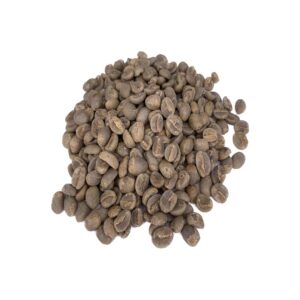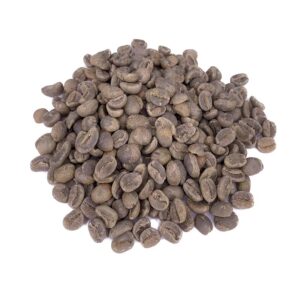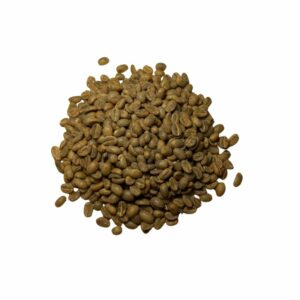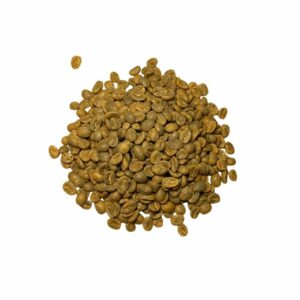From 24 to 30 November
Black Week Offers
- Free shipping!
- On green coffee orders over €1,500


Colombia is located in the northwestern region of South America, has an area of 1.14 million km² and is home to more than 50 million inhabitants. The country is divided into 6 regions, 32 departments and a capital district.
Colombia is the 3rd largest coffee producing country in the world, and coffee is harvested and exported throughout the year. 22 of its 32 departments are coffee producers in the so-called coffee growing regions of the country, which are the following: Antioquia, Boyacá, Caldas, Cauca, Cesar, Cundinamarca, Huila, Magdalena, Nariño, Norte de Santander, Quindío, Risaralda, Santander, Tolima, Valle del Cauca, Guajira, Caquetá, Meta, Casanare, Bolívar Putumayo and Chocó.
In June 2011, the United Nations Organization, Unesco, declared the Colombian coffee territory a World Heritage Site. The Colombian coffee axis is made up of 47 coffee-growing districts in the departments of Quindío, Risaralda and Valle del Cauca. According to UNESCO, one of the values that distinguishes the Colombian Coffee Cultural Landscape from others is that the culture and economy of this region have revolved around coffee for more than a century, for all these reasons. The Coffee Cultural Landscape is a unique region in the world that deserves to be preserved over time.
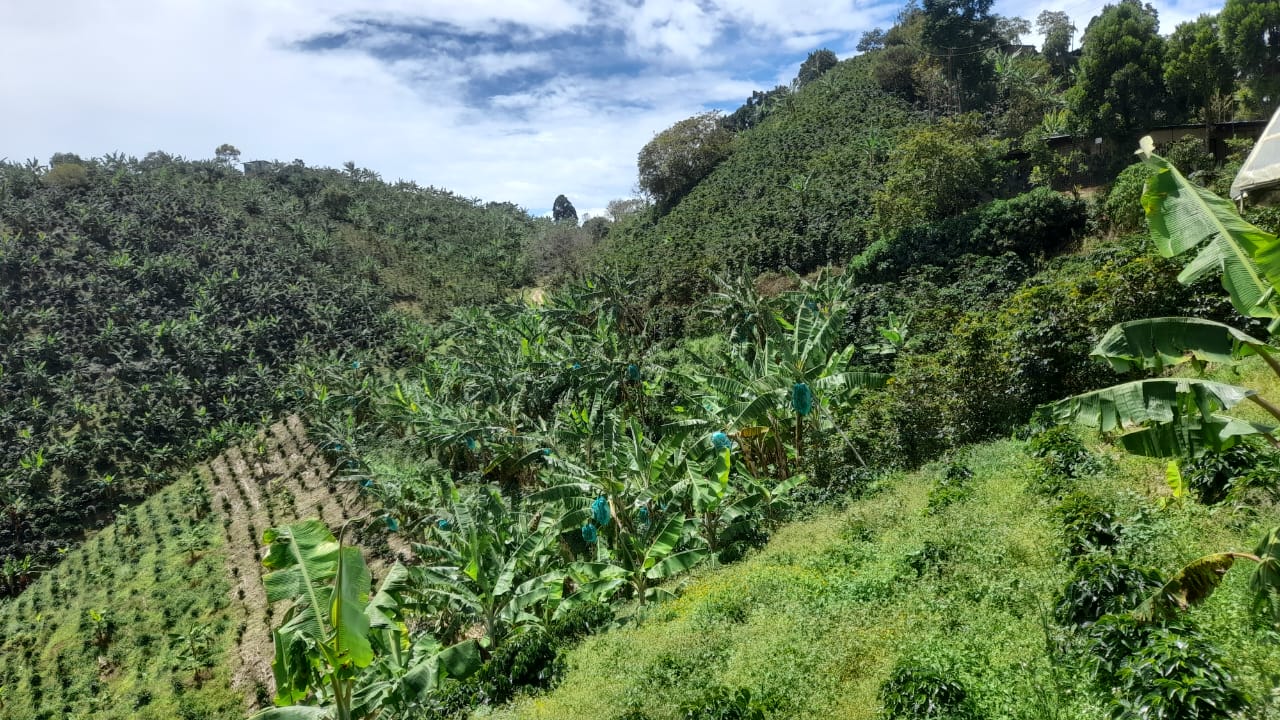
The coffee growing region of Huila is located in the southeastern part of the country, with an estimated population of 1.1 million inhabitants and an area of 19,890 km², This region has 35 coffee growing districts, among them Garzón, Gigante, Guadalupe and Pitalito. These districts are home to more than 84,000 families that cultivate more than 1,145,000 hectares of Arabica coffee of the Castillo, Colombia, Típica, Caturra, Borbón and Tabí varietals, Huila occupies the 1st place as a coffee growing region in the country.

The coffee growing region of Nariño is located in the extreme southwest of the country, bordering the regions of Cauca and Putumayo, and its capital is San Juan de Pasto. The region of Nariño is home to 1.6 million inhabitants and has an area of 25,740 km². Nariño has 37 coffee growing districts, including Yacuanquer, Tangua and Túquerres… These districts are home to more than 54,500 families that are dedicated to coffee growing, in total there are 38,950 hectares in the region dedicated to the cultivation of Coffee, the most cultivated Varietals in the Nariño region are Castillo, Colombia, Caturra and Cenicafé. Nariño is the 9th largest coffee growing region in Colombia.
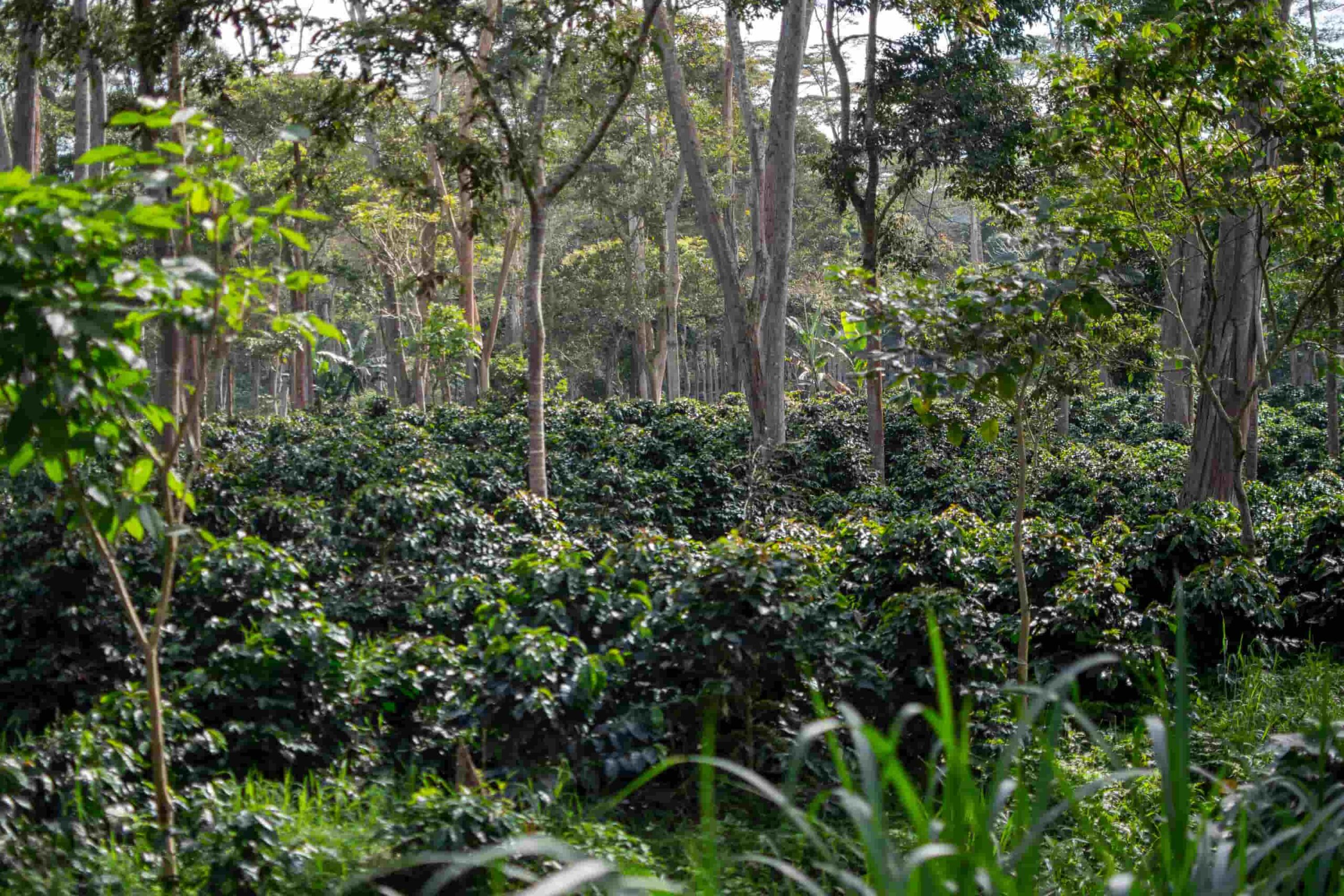
The coffee growing region of Santander is located in the northeast of the country in the Andean zone, bordered to the north by the regions of Cesar and Norte de Santander, its capital is Boyacá. The Santander region is home to 2.2 million inhabitants and covers an area of 30,537 km².
Santander has 75 Coffee Districts among them Socorro, Paramo, Guadalupe… these districts are home to more than 32,400 coffee-growing families, In total there are 51,196 hectares in the region dedicated to the cultivation of Coffee, the most cultivated Varietals in the Santander region are Castillo, Colombia and Caturra. Santander occupies 7th place as Colombia’s coffee-growing region
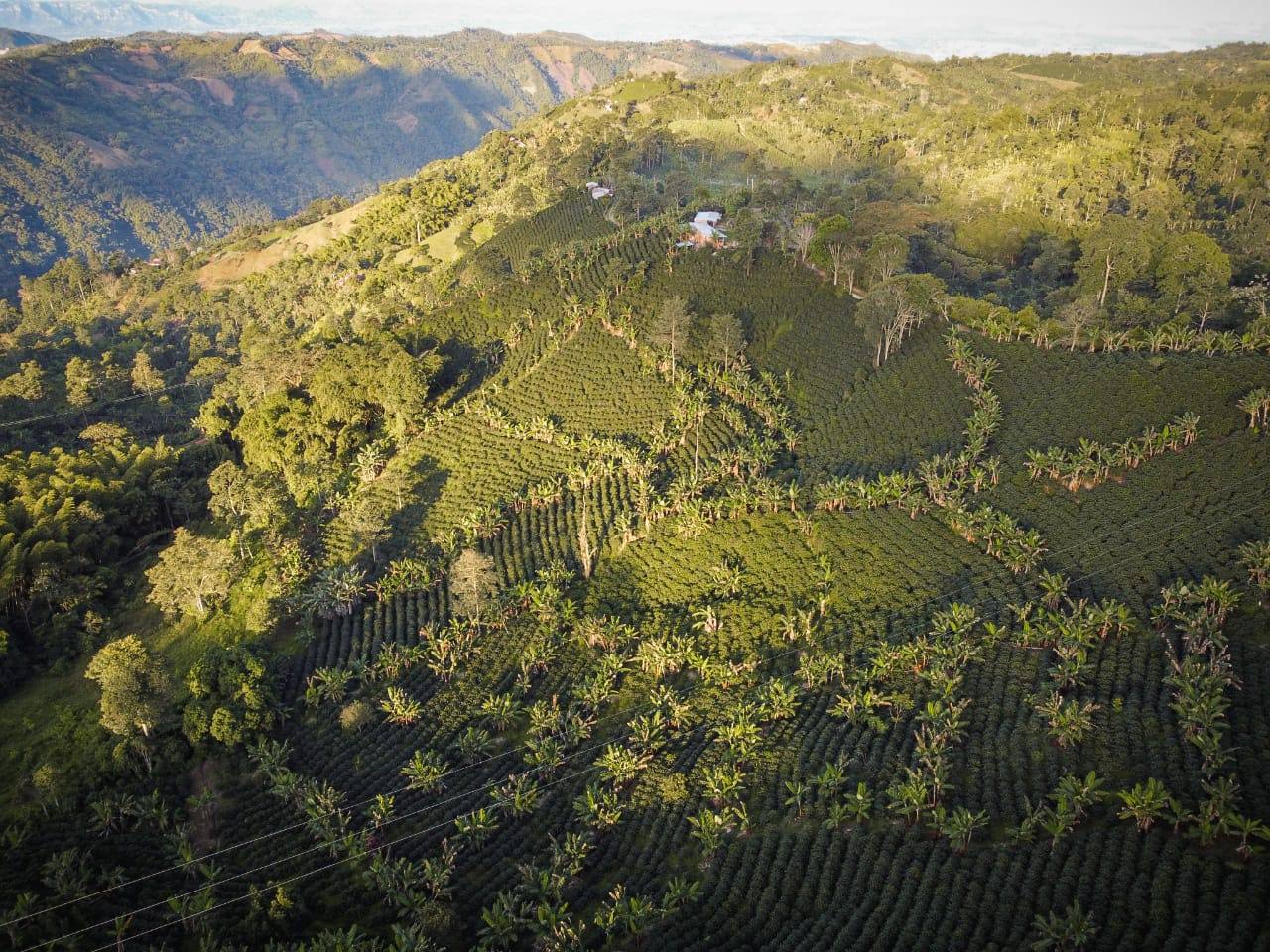
The coffee growing region of Tolima is located in the center-west of the country, bordering the regions of Caldas, Cundinamarca, Cauca and Huila. This region is home to 1.3 million inhabitants and has an area of 23,562 km².
Tolima has 38 coffee growing districts among them Planadas, Ibagué, Chaparral…, these districts host More than 60,000 families are dedicated to the Cultivation of Coffee, a total of 106,742 hectares are dedicated to Coffee cultivation in the region.The most cultivated Varietals are Castillo, Cenicafé 1, Colombia and Tabi. Tolima occupies the 3rd place as a coffee growing region in the country.
